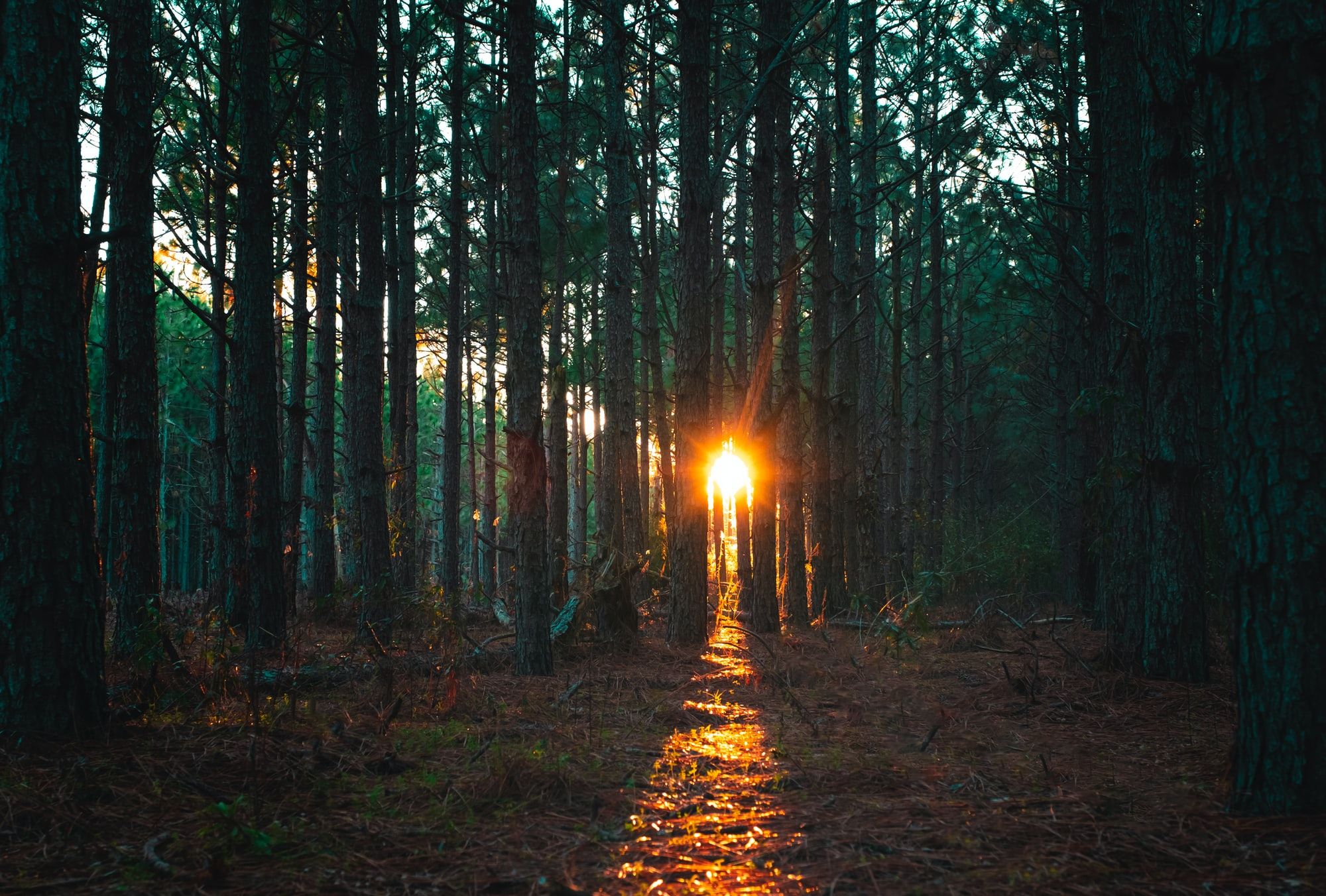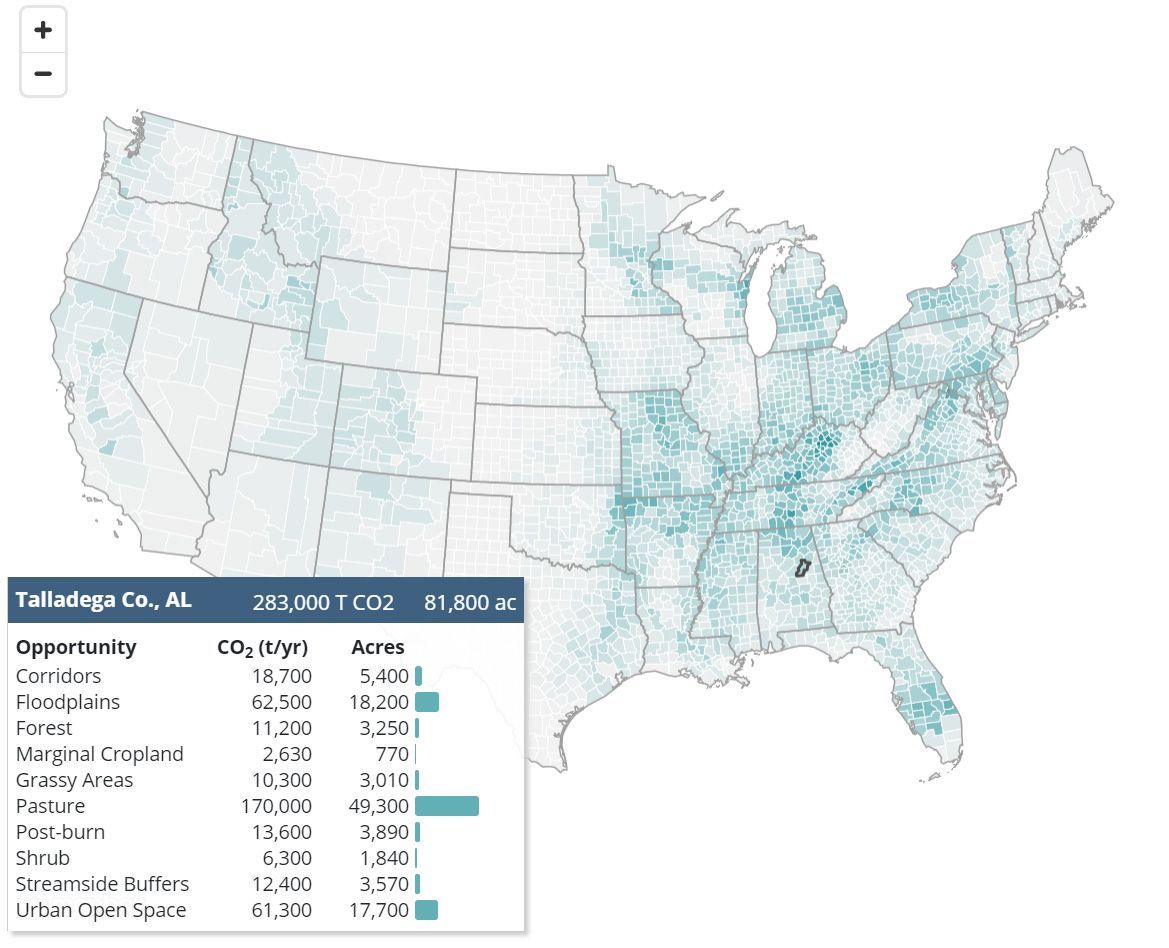
🌳 Forests on Indigenous land capture twice the carbon
A new study from World Resources and Climate Focus found that forests on Indigenous land capture double the amount of carbon as the ones owned by private parties or the state.
Share this story!
World Resources Institute together with Climate Focus recently conducted a new study that found Indigenous-held forests capture twice as much carbon as forests owned by the state or private parties. The new study looks at data from Global Forest Watch and Landmark of Indigenous-held forests in Peru, Colombia, Brazil, and Mexico.
All of the forests in the countries above are among the most biodiverse ones on the planet. Not only plants but also a vast variety of animals live and thrive in them.
In this study, Indigenous-held forests were compared with other forests owned by different entities. The findings showed Indigenous forests capture twice as much carbon dioxide. According to Inside Climate, one of the most extreme comparisons was done in Brazil, “where non-Indigenous land emits about ten metric tons of carbon dioxide equivalent per hectare while Indigenous lands capture about 30 metric tons of carbon dioxide equivalent per hectare.”
Optimist Daily writes that the study also discovered that 92 percent of the forest on Indigenous land were net sinks, which means they absorb more carbon than they emit.
To keep these forests away from harm and deforestation, some countries in South and Central America, such as Panama, have enacted laws to protect forests and empower Indigenous people with protected and protective rights. Keeping such mighty forests in good conditions can help a greener future come sooner.
Read the wgole study here: Forest Declaration Platform — Sink or swim: How Indigenous and community lands can make or break nationally determined contributions – Forest Declaration.

By becoming a premium supporter, you help in the creation and sharing of fact-based optimistic news all over the world.



